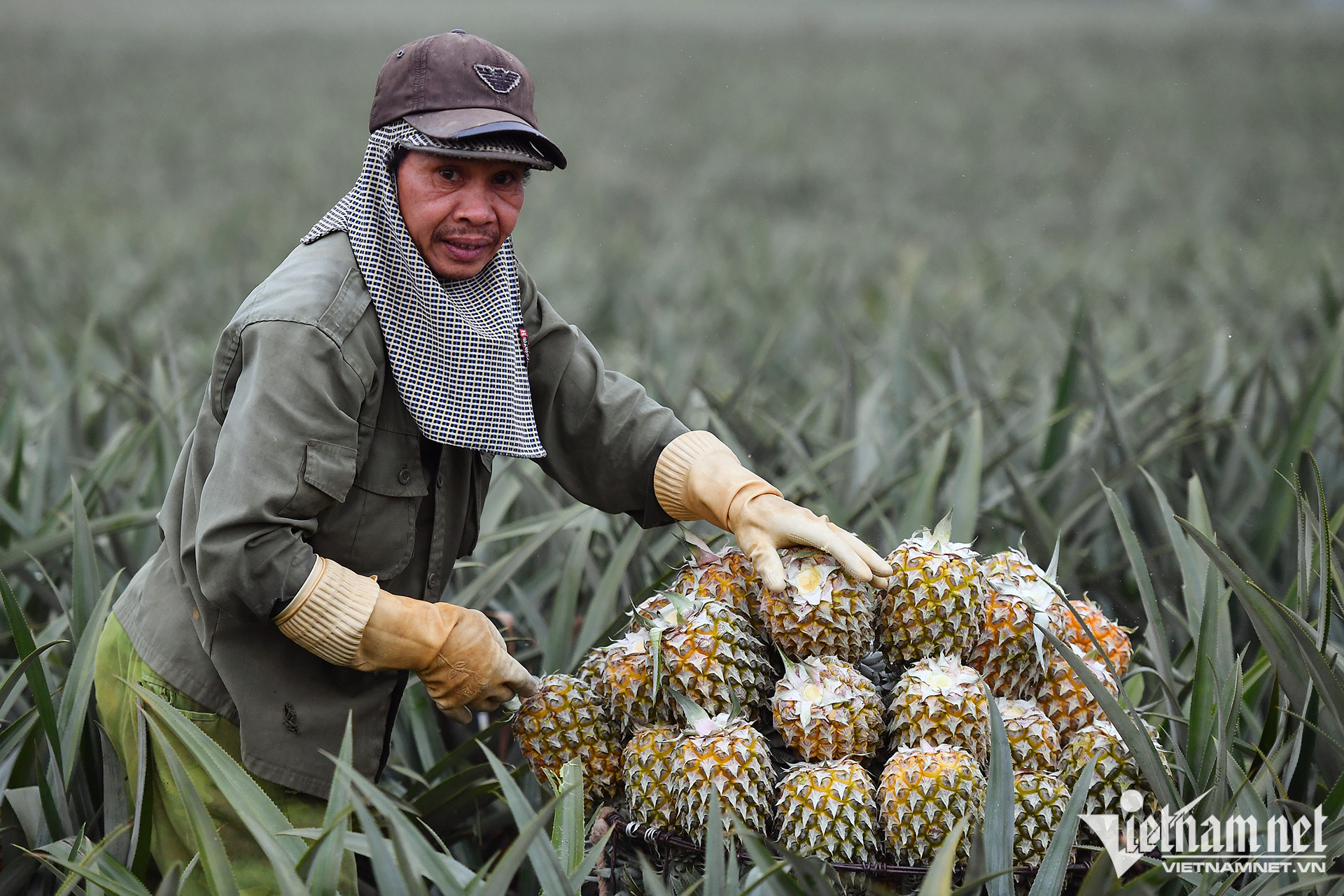
In 2013, Vietnam vegetables and fruits officially joined the ‘billion-dollar club’, i.e. a product item with export turnover of at least one billion dollars.
Maintaining high export growth rates, in 2016 the products brought $2.4 billion in turnover and the figure surged to $3.15 billion in 2017. In the next year, the figure soared to $3.8 billion, which officially listed fruits among the top three farm produce items with highest value in the agriculture sector, after woodwork and seafood.
Veggie and fruits were expected to soon surpass the $4 billion threshold by 2020. However, export turnover unexpectedly fell to $3.74 billion in 2019 and after the Covid-19 pandemic broke out, the figure dropped to $3.25 billion in 2020 as a result of China's tight control over imports.
In 2022, most of Vietnam's farm export items recovered after the pandemic and regained strong growth. It was a prosperous year for seafood, woodwork, rice and coffee. However, veggie and fruit turnover continued to fall with export turnover of $3.36 billion as of the end of 2022, a 5.35 percent decrease compared with 2021 and 11.5 percent decrease compared with 2018.
The continued export turnover decreases in recent years are attributed to unreasonable development strategies. Farmers aim for higher output rather than quality. Also, farmers want to export products through unofficial channels, across border gates to China, rather than official channels.
This explains why fruit exports dropped after China, the biggest customer for fruits, set higher requirements on quality of imports and restricted cross-border imports.
Experts point out that consumption trends have changed a lot. Consumers not only want clean and delicious food, but also convenience. Vietnam has no other choice than to change focus from producing as much as possible to increasing added value.
In 2022, export turnover of fresh fruit decreased by 10.7 percent and fresh veggies by 1.8 percent, while export turnover of processed products increased by 9.8 percent.
However, Vietnamese farmers and exporters still have not adapted to new consumption habits. They still prefer selling fresh fruit, and the proportion of processed fruits remains modest.
14 fruits of high value
Nguyen Ngoc Huyen, CEO of Mia Group, noted that the problem of Vietnam’s farmers lies in small-scale production and the lack of cultivation standards. Most products are sold fresh, while the proportion of processed products remains modest.
When farmers join hands with enterprises, fruits after harvest are classified into groups. The products with good appearance sell fresh, while the others are used for deep processing. If so, Vietnamese producers can create added value for products and keep fruits fresh when selling in the market.
Minister of Agriculture and Rural Development Le Minh Hoan has stressed that instead of running after quantity, Vietnam needs to focus on increasing added value.
In early 2022, the Ministry of Agriculture and Rural Development (MARD) launched a project on developing standard farm and forestry material growing areas on a trial basis, including a northern mountainous growing area and Dong Thap Muoi area.
In late October 2022, MARD approved a decision on developing key fruit trees by 2025-2030. Fourteen types of trees that bring high export turnover were chosen.
Vietnam aims to have 1.2 million hectares of fruit trees growing by 2025 which is expected to produce 14 million tons of fruits, including 960,000 hectares of key fruit trees with output of 11-12 million tons.
The turnover from exports is expected to reach $5 billion.
The figures would be 1.3 million hectares, 16 million tons and $6.5 million by 2030.
Tam An